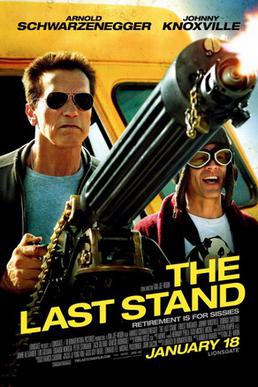
Mr Ebert says, “[If] you’re a fan of stylish, relentlessly loud shootouts, questionable plot developments be damned, this is your ticket to weekend escapism.”
HELL, YES!
(Got four months to wait, but.)

Scriptwriter
Roger Ebert‘s post about his pets animal companions got me thinking.
A couple of weeks back, I spent a day in a Radio New Zealand studio watching listening to a script being recorded. I spent most of that day with my eyes closed – but instead of falling asleep as I normally would, I found myself transported into a story that I not only wrote but thought I knew inside out. (That’s actors for you.) (And I guess radio’s not called theatre of the mind for nothing.)
Since then, I’ve become just a bit more conscious of what I hear. Small, everyday sounds like —
These give me warm fuzzies.
And when I work them into my scripts and they make it onto the screen without someone explicating it, I’ll be happy.
Chicago Sun Times film critic – and a cinephile’s cinephile – Roger Ebert has joined the blogosphere with an online journal.
For those who’ve only read his reviews – and if you haven’t, try these two on for size – this recent post is a great intro to Mr Ebert’s blog.
The Bourne Ultimatum is here. I’ve prepped by watching its predescessor and enjoying it the second – or third? – time around. I’m particularly looking forward to seeing what John Rogers means by nested sequels.
Roger Ebert enjoyed it – and has received a flood of complaints about its visual style.
I was a bit concerned about the ‘herky-jerky hand-held’ camerawork until I remembered The Blair Witch Project. I remember complaints about it inducing nausea and vomiting. It didn’t stop me from being scared out of my wits. As I’ve told anyone who’s asked me whether to watch Blair Witch: if you can get over the shaky-cam, and the contrivance that the characters obsessively shot everything, it’ll scare the bejesus out of you.
I think (and hope) that what’ll save my brain and stomach from Bourne‘s visual jazz will be the story. If I’m pulled into it sufficiently, I shouldn’t notice the two-second average shot length. I’ll be too busy sitting on the edge of my seat going, Oh my g-, what th-, wait – don’t -, which’ll be just what I want.
Over at Roger Ebert’s, Time reviewer Richard Corliss has a sweet guest-post on the upcoming Live Free or Die Hard.
Jee-zus, has it really been almost twenty years?
I remember when the wham-bam style of films like Raw Deal, Cobra and their ilk were comforting in their predictability of character and story. The good guys were long on jaw-lines and short on dialogue. The bad guys had five-o’clock shadow and wore aviator sunglasses 24-7. The side-kick – pick your minority of spunky woman, jive-ass black guy or Mensa-IQ Asian geek – always died by the second or third reel. And how ’bout them bookends: the hero who’s shown at the beginning to struggle with something (like, say, flying a small plane) will, by the film’s climax, be forced to master that same something BUT ON A MUCH LARGER SCALE (like, say, flying a passenger jet).
What distinguished Die Hard from its predecessors – more so than even Lethal Weapon‘s spec-ops-grade tactics, hardware and action – was the human vulnerability that drove the story, and the attention to detail (like sparing a thought for your stock villain). (This aspect has been covered endlessly and much more intelligently elsewhere so I’ll keep it brief.) In Die Hard, Bruce Willis‘ John McClane isn’t cleaning out the Nakatomi Plaza just because he’s the hero – his wife‘s in there. But even that goal isn’t clearcut: he’s in Los Angeles to save his marriage. And his relationship skills border on, shall we say, the prehistoric.
Let’s not forget the baddies – they were a revelation: trained, armed and motivated, these were no strawmen waiting for the FX supervisor to blow their squibs. Each mano-a-mano clinch McClane goes into, he’s trapped, outgunned and outnumbered: sometimes luck helps but otherwise he has absolutely nothing to lose. Sure the baddies die one by one, but they get some good kickin’ into our hero before their demise. And Alan Rickman‘s urbane, sophisticated and meticulous villain has rarely been equalled since.
Nowadays, film baddies seem to have reverted to the Commando school of baddies where although you can outnumber the hero, you’re just there die in swathes of automatic gunfire. And if you’re the villain, ‘s like all you need is to be able to laugh maniacally or grit your teeth enough to have a vein throb on your forehead.
Meanwhile, the de rigueur hero is like Jack Bauer – always ready to save the world in spite of a rocky marriage, a flighty daughter, extra-marital affairs and/or office politics.
It’s been a long time since I’ve felt as immersed in a character’s situation as McClane’s first escapade. I was there with him, goddammit. I identified. The Die Hard 4.0 reboot mayn’t take me anyplace new or even exciting – but at least I’ll always have the memories.